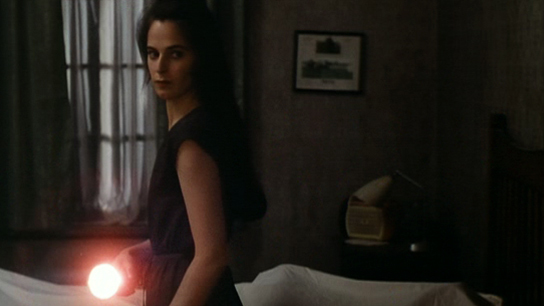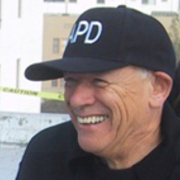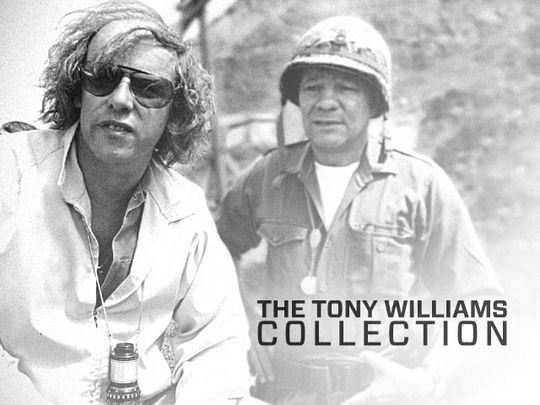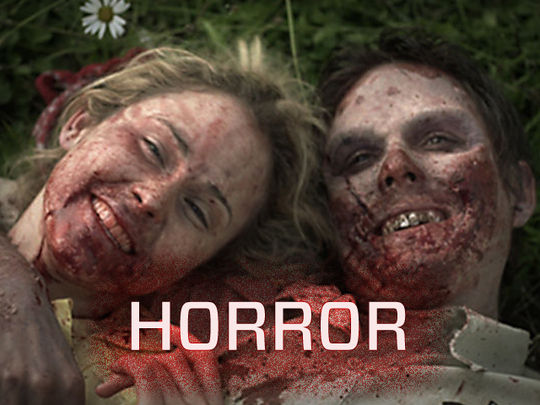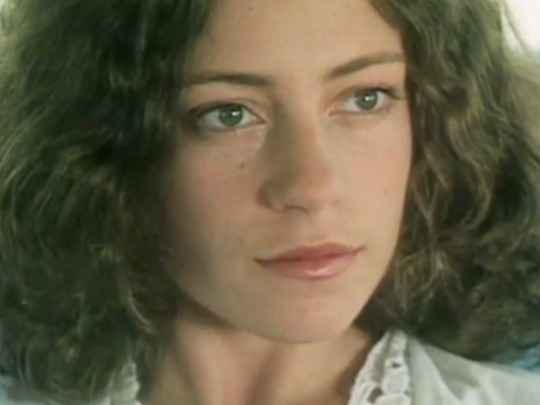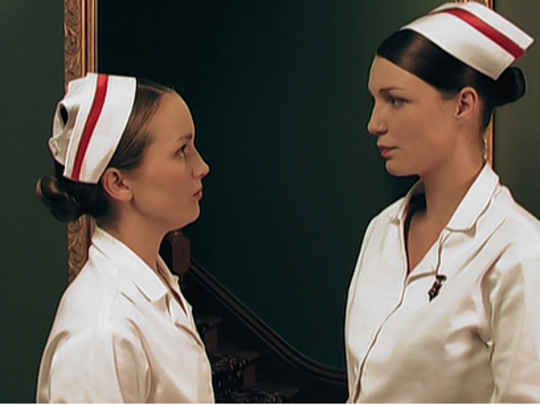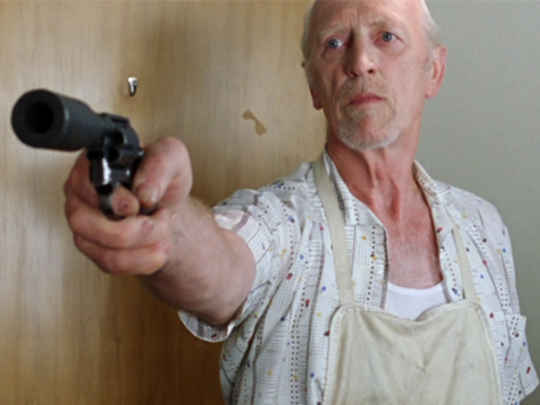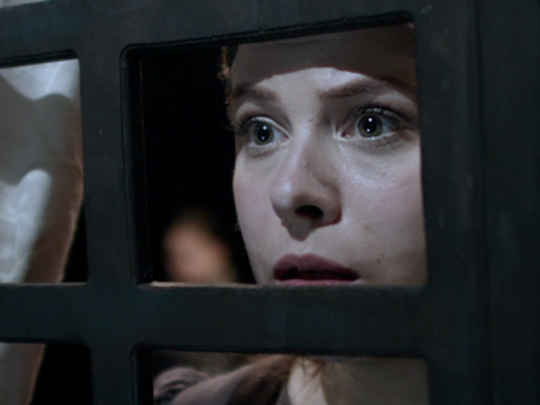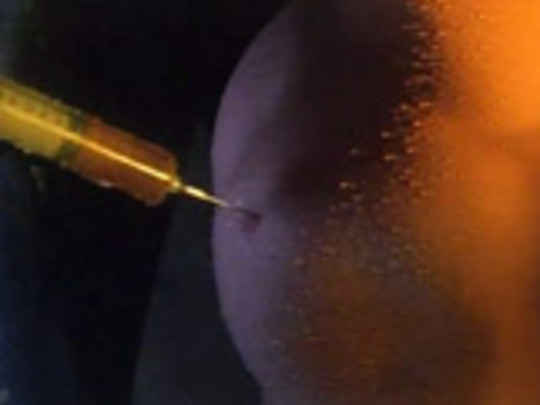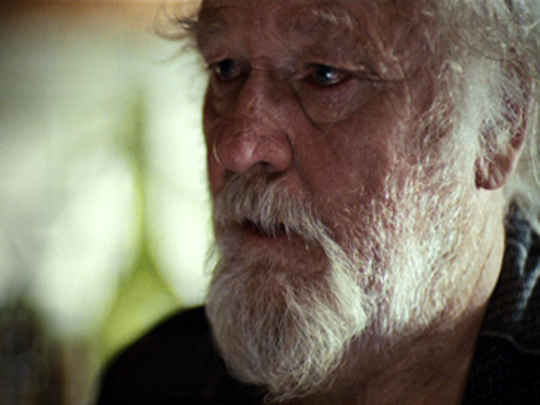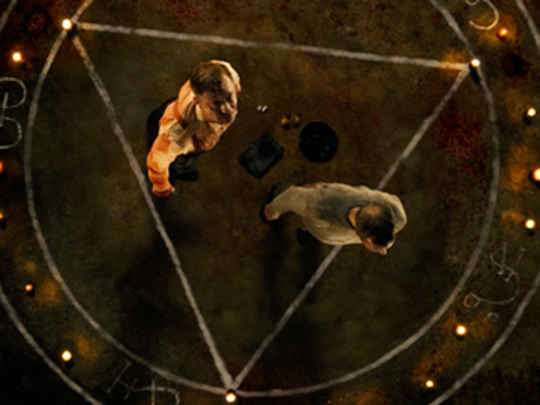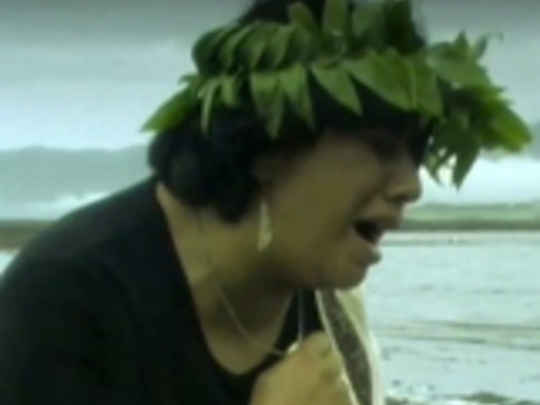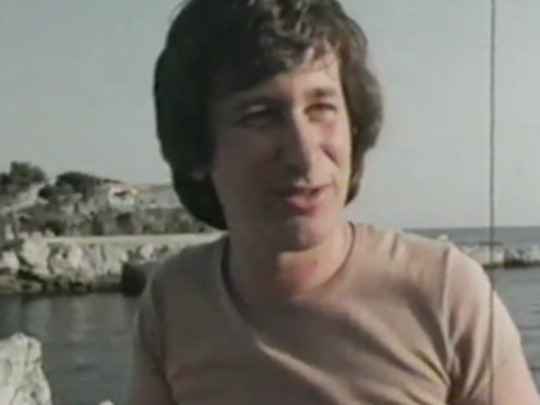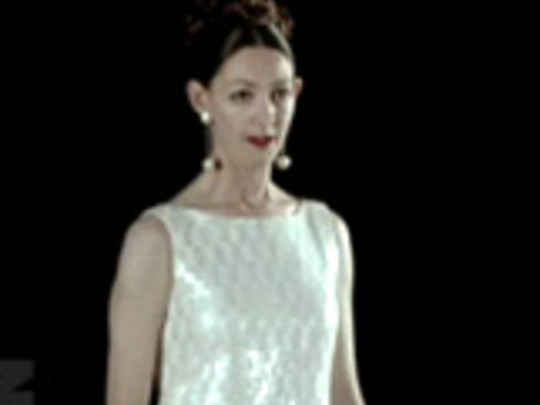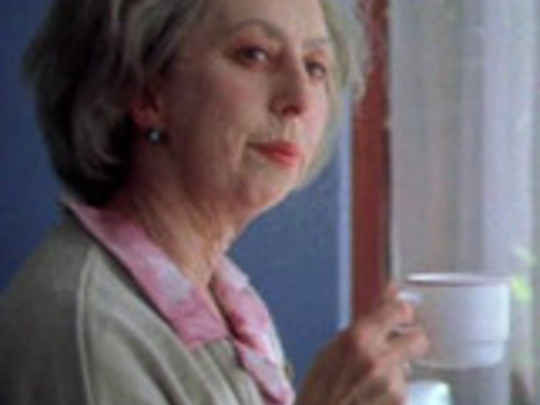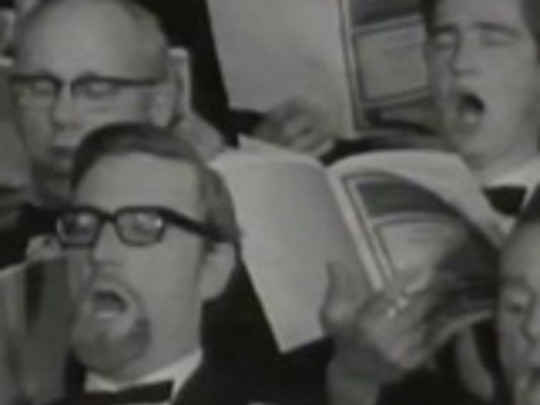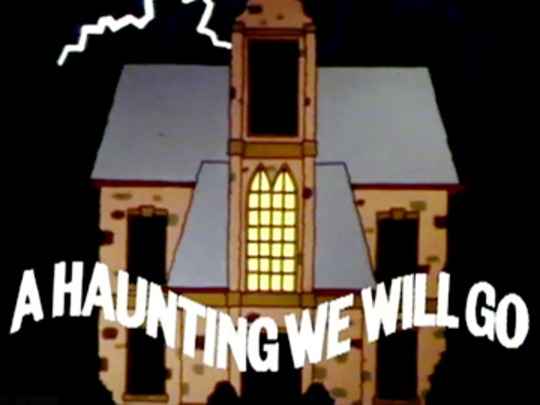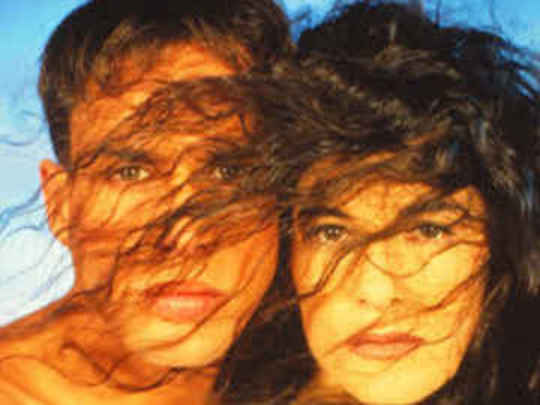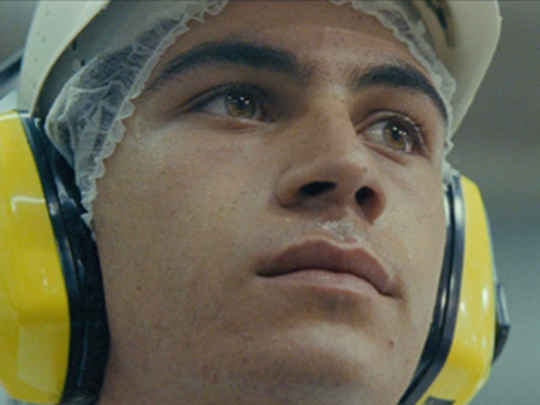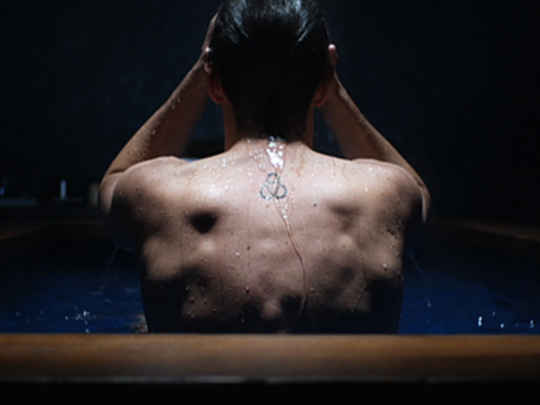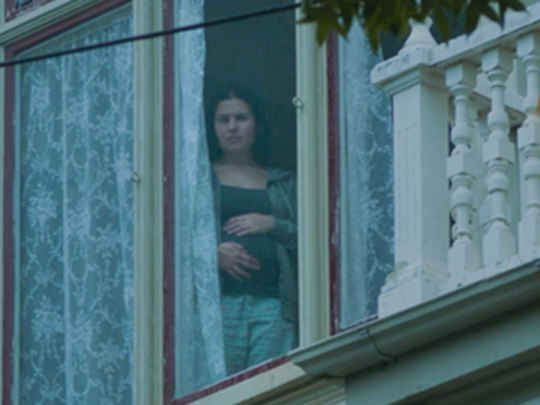Next of Kin
Film (Excerpts) – 1982
Anatomy of an Explosion
Tony Williams backgrounds the creation of the ambitious, extended final shot of Next of Kin, in which the camera moves onto the back of a vehicle, and later spins around just in time to catch an explosion:
"The end scene was shot in real time, and there is a bit of a story behind it. There was no digital effects used in the end shot - in Australia digital effects weren't in existence in 1980. The whole shot was filmed in one go without a cut, and took a week of rehearsals and setting up to pull off.
Grip Noel McDonald spent three months building a crane which was rigged on the back of a truck, and had a detachable section that carried the camera mount, the camera operator and the assistant operator. We had to find a road that faced west so that we could shoot the shot one minute after sunset, and the dusk would look like dawn. So there was only one chance to get the shot.
Once the shot began, the camera moved down until it was on the back of the ute, and the section of the crane which held the camera and crew was positioned in the tray of the ute and lined up with four prepared bolt holes in the tray. While four crew members dashed out and attached the bolts which secured the camera to the truck, the camera weights were being wound back, to stop the crane catapulting itself head over heels when the camera and crew were released. Because the weight of the camera and crew made the ute sink on its suspension, there were four hydraulic jacks attached to the bottom of the ute.
As actor Jackie Kerin (playing Linda) put the car into gear to move forward, a crew member released a valve which automatically retracted the jacks. Then he had to rush to get out of shot. Meanwhile, the rear windscreen which was reflecting the crew had to be slowly angled by remote control, to avoid them being seen on screen. Once the camera and crew were attached to the ute, the released crane truck then had to take off and get out of the way before the building blew up.
As the car moved off there was suddenly a problem. The video split (the screen that allows the director to watch what is being caught on film) which was being transmitted remotely, lost contact with the receiver, and our video split screens went blank. We knew we couldn't go back and reshoot, as the light would have gone. The special effects guy who was going to set off the explosion looked at me in horror. I shrugged and said “try it now”.
As it happened it went off too soon, and the initial explosion was reflected in the ‘fire danger’ sign which we’d placed on the side of the road (the sign had been intended partly as joke, and partly to help the operator’s timing for when he panned to the explosion). As it turned out everyone thought the reflection of the explosion was deliberate, and it is still talked about by film buffs today."
